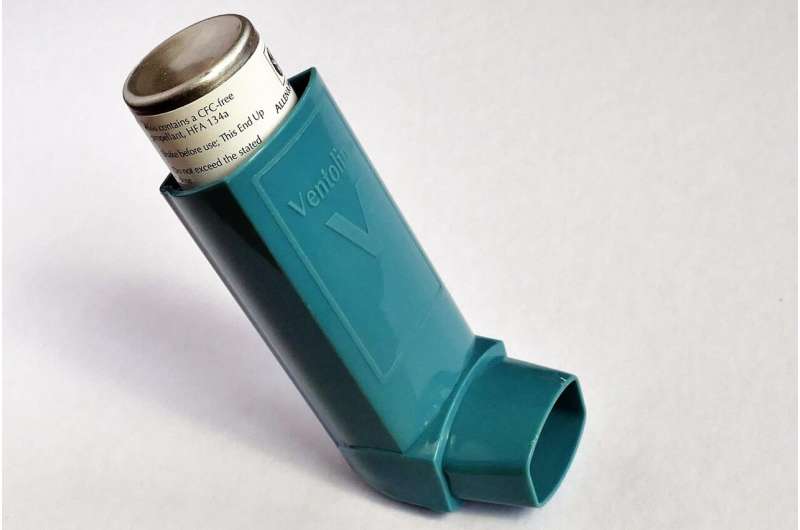Can Asthma Be Predicted? Understanding Early Warning Signs and Risk Factors

Discover how early signs, family history, and predictive tools can help identify children at risk of developing asthma, enabling timely intervention and better management.
Asthma affects approximately one in every ten children in the United States, impacting their daily activities and sometimes leading to hospitalization. Recognizing the potential for early prediction of asthma can significantly improve management and outcomes for at-risk children.
Research indicates that children with a family history of asthma are more likely to develop the condition themselves. Early signs such as eczema, allergic skin reactions, nasal congestion, and frequent respiratory infections like colds, RSV, or rhinovirus are important warning signs. Environmental exposures—including tobacco smoke, vaping, air pollution, and high temperatures—also contribute to increased asthma risk in young children.
Infants and toddlers are especially vulnerable to respiratory illnesses, which can manifest as wheezing—a high-pitched sound during breathing. Notably, wheezing during illness or when healthy can be an early indicator of future asthma development. Healthcare providers utilize specialized tools like the Asthma Predictive Index (API) and the Pediatric Asthma Risk Score (PARS) to assess risk.
The API considers factors such as frequent wheezing episodes (four or more before age 3), eczema, and parental asthma. Additional risk factors include food allergies, elevated blood eosinophil levels, and wheezing outside of illness episodes. Meanwhile, PARS evaluates other risk parameters such as familial asthma, early wheezing, allergies, and ancestry, to predict the likelihood of asthma by age 7.
For children identified as high-risk, early diagnosis is crucial. It allows healthcare providers to prescribe medications and recommend lifestyle modifications aimed at controlling symptoms, preventing severe flare-ups, and protecting lung health. An individualized asthma action plan guides management and treatment adjustments.
Monitoring and early intervention in at-risk children can improve quality of life, reduce emergency visits, and minimize long-term health impacts. Ongoing research and the use of predictive tools continue to enhance our ability to preemptively address childhood asthma.
Stay Updated with Mia's Feed
Get the latest health & wellness insights delivered straight to your inbox.
Related Articles
US Experiences Over 1,200 Measles Cases in 2025 Amid Outbreaks in Iowa and Beyond
The US has seen over 1,200 measles cases in 2025, with outbreaks in Iowa, Texas, New Mexico, and other states emphasizing the importance of vaccination to prevent severe health consequences.
Innovative Designer Proteins Offer New Hope for Addiction Treatment Without Diminishing Natural Pleasures
A revolutionary new approach using engineered brain proteins shows promise in reducing cocaine addiction without affecting natural rewards, paving the way for innovative gene therapies.
Social Connections and Perceptions Influence Steroid Use Intentions in Boys and Men
New research reveals how social relationships and perceptions influence intentions to use anabolic steroids among boys and men, emphasizing the importance of targeted prevention strategies.
How Sound Influences Brainwaves and Reshapes Neural Networks in Real Time
New research reveals how listening to sounds and music can actively induce real-time reorganization of brain networks, advancing our understanding of neural dynamics and connectivity.



